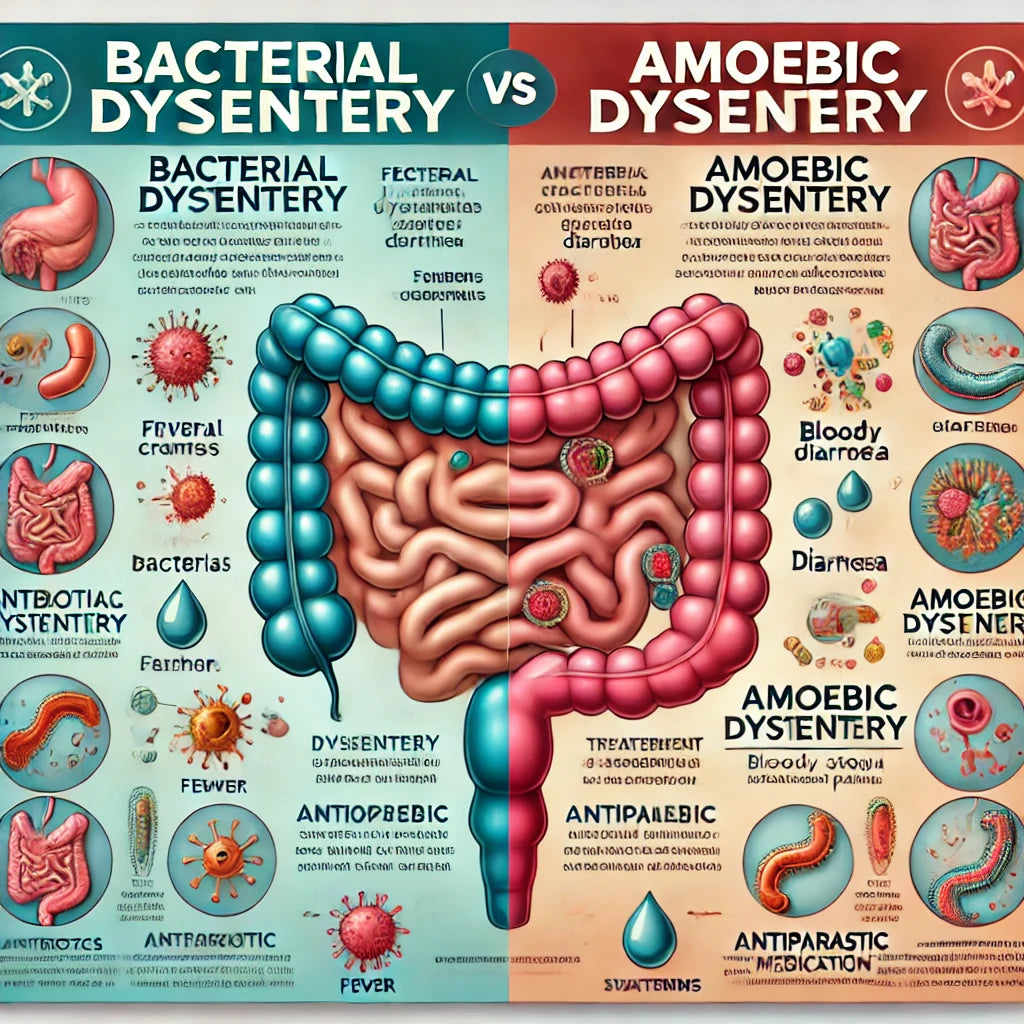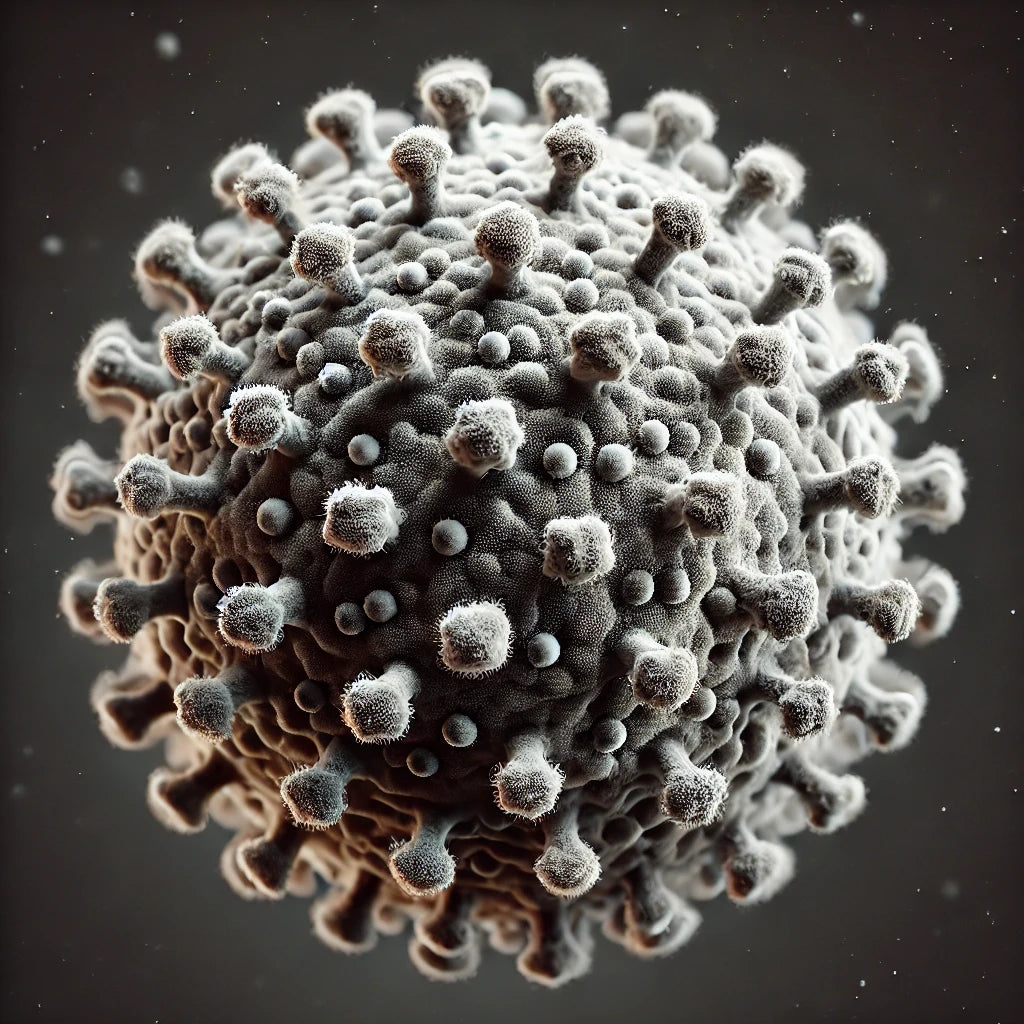News — infectious diseases
Herd Immunity: How Vaccines Protect the Entire Community
community health COVID-19 disease prevention herd immunity immunity threshold infectious diseases public health vaccination benefits vaccine hesitancy vaccines
Herd immunity is one of the most powerful tools for protecting public health, especially in the fight against infectious diseases. It's a phenomenon where enough people in a community are immune to a disease, either through vaccination or prior infection, that it significantly reduces its spread. But what makes herd immunity so vital, and how do vaccines play a pivotal role in achieving it? This article dives into the intricacies of herd immunity, explaining how vaccines not only safeguard individuals but also serve as a shield for the entire community, including those who cannot be vaccinated.
Vaccination campaigns have saved countless lives by preventing the spread of diseases such as measles, polio, and influenza. Yet, achieving and maintaining herd immunity requires collective effort and understanding. By exploring the science, benefits, and challenges associated with herd immunity, you'll see how this public health strategy protects society at large.
Globalization and Infectious Diseases: The Challenges of a Connected World
connected world Cross-Border Health Issues Disease Prevention disease transmission Epidemics and Pandemics Global Disease Spread global health Global Health Security globalization health challenges Health in a Globalized World infectious diseases International Health Concerns Public Health Risks public health strategies Travel and Health
Globalization has brought people, economies, and cultures closer than ever before. While this interconnectedness fosters innovation and economic growth, it also presents unique challenges for public health. Infectious diseases, which know no borders, are spreading faster due to increased travel, trade, and urbanization.
This article explores the complex relationship between globalization and infectious diseases, examining how connectivity impacts disease spread and management. We will also discuss strategies to mitigate the risks in our interconnected world.
Differentiating Dysentery: Bacterial vs. Amoebic Causes and Treatment
amoebic dysentery bacterial dysentery bacterial vs amoebic dysentery causes of dysentery dehydration diarrhea digestive disorders dysentery dysentery management dysentery prevention dysentery symptoms dysentery treatment Entamoeba histolytica gastrointestinal infections infectious diseases intestinal health Shigella waterborne illnesses
Dysentery is a common gastrointestinal infection characterized by severe diarrhea with blood or mucus. It can have bacterial or amoebic origins, each requiring different approaches to treatment and prevention.
In this article, we will delve into the distinctions between bacterial and amoebic dysentery, their causes, symptoms, treatments, and prevention strategies to ensure better health outcomes.
Monkeypox Transmission: How Does it Spread?
animal-to-human transmission bushmeat close contact transmission contaminated surfaces endemic regions human-to-human transmission hygiene practices infectious diseases monkeypox prevention monkeypox spread monkeypox symptoms monkeypox transmission monkeypox vaccine Orthopoxvirus public health respiratory droplets viral infection viral outbreaks zoonotic diseases
The virus, which originates from animals such as rodents and primates, can jump to humans through direct contact with infected animals or contaminated materials. However, human-to-human transmission is also possible, primarily through close contact, respiratory droplets, and bodily fluids. In this article, we will explore the various transmission routes of monkeypox and offer insights into how the virus spreads, its symptoms, and ways to prevent it.




